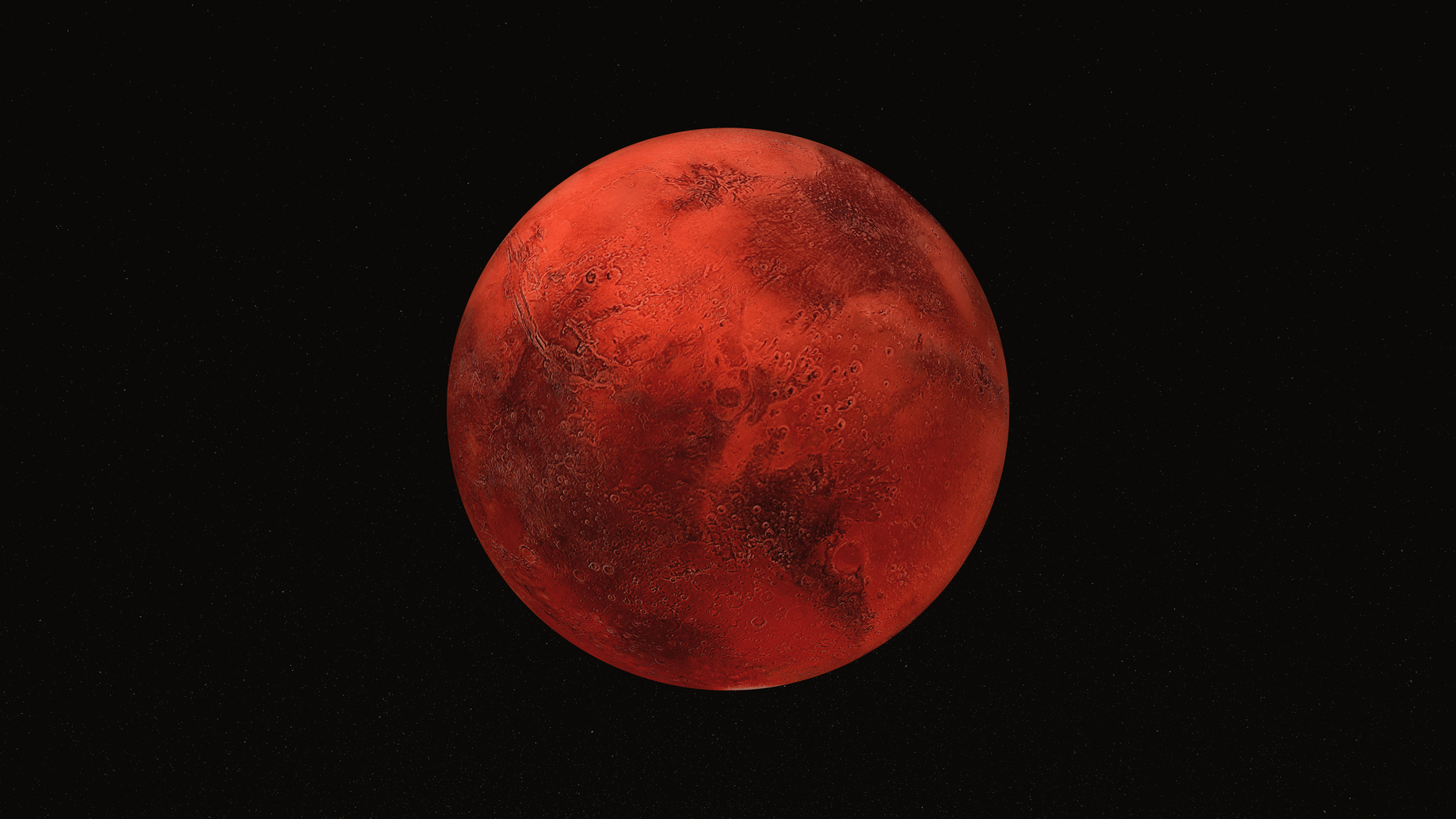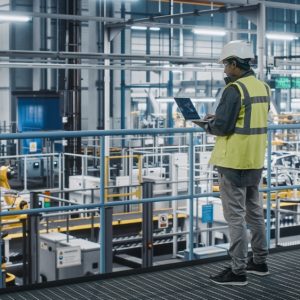
The most recent SpaceX Dragon launch contains an interesting computing experiment which might just help get a manned mission to Mars.
Admittedly there a few sizeable hurdles before we can send people to the red planet. But one serious issue is creating computers which will last more than a month in space.
Laptops used by astronauts only last about four weeks. And they’re not just any off-the-shelf machine. They go through serious testing and are ruggedised to protect them from the shake, rattle and roll of take-off.
They have to deal with cooling in conditions where normal temperature convection does not work.
But they also need protecting from radiation. Sub atomic particles can cause serious damage to computing storage technologies. Computers outside the protection of the earth’s atmosphere must also deal with a variety of radiation and solar rays.
NASA’s Spaceborne Computer experiment will put two unprotected high performance HPE machine onboard the International Space Station and monitor their performance for a year.
Meanwhile back on earth HPE engineers will run two identical machines as a control for the experiment.
The machines on the ISS will be monitored especially carefully during radiation events but are also using software to protect their systems.
When radiation is detected the machines will effectively ‘throttle back’ in order to stop too much data being degraded.
The machine is based on two standard HPE Apollo 40 systems running Linux. The key difference is that they’re housed in a bespoke water-cooling system but otherwise would be familiar kit in any enterprise data centre.
They will create log data every day which will be stored on solid state drives. This will record their performance and power usage in the different conditions over the year long trip.
Lessons learned from this experiment will help send increasingly complex computers into space.
But back on earth the experiment might also teach us some valuable lessons about error correction – the way that computer systems detect and fix tiny mistakes made when data is stored and recovered. Background radiation is far less on earth than in space but it is still enough to corrupt data which can make files unreadable or at worst cause systems to crash.
There’s more from HPE here: https://news.hpe.com/hewlett-packard-enterprise-sends-supercomputer-into-space-to-accelerate-mission-to-mars/






